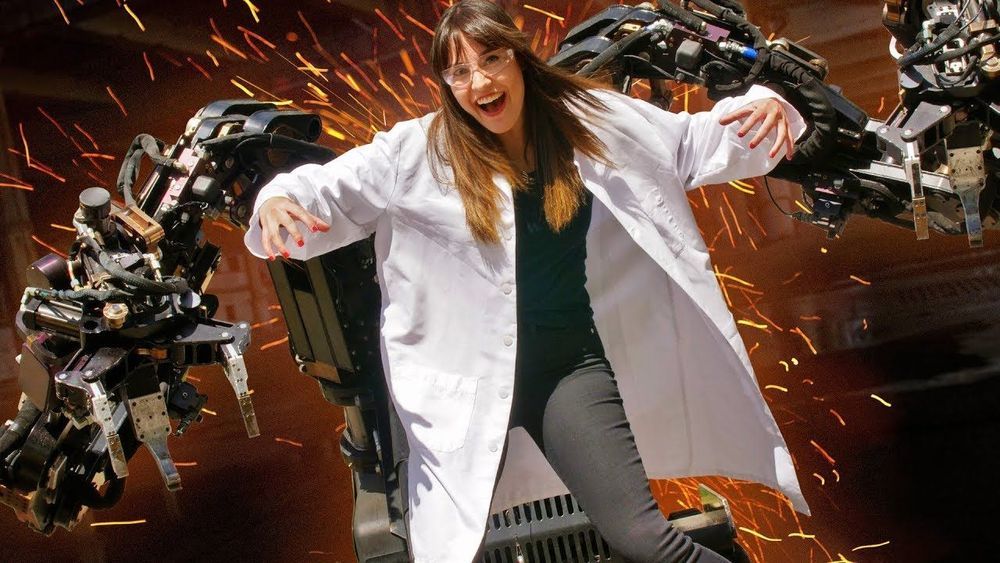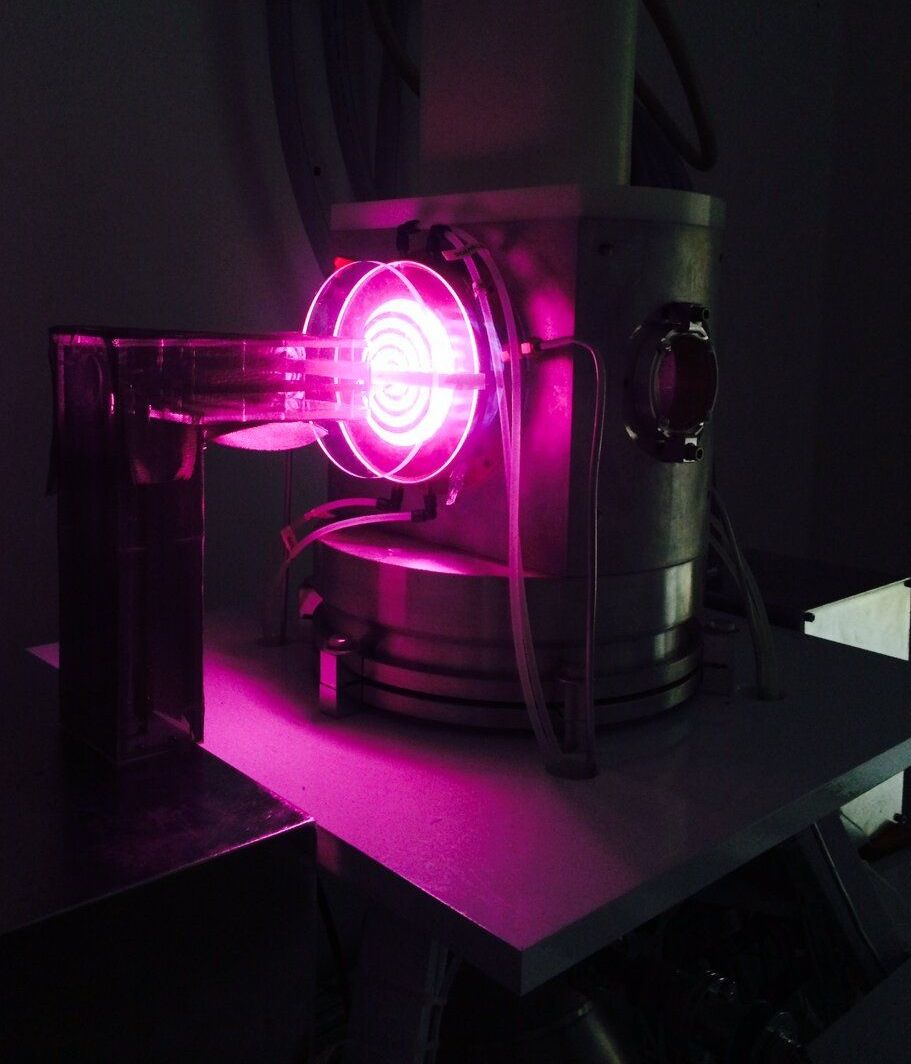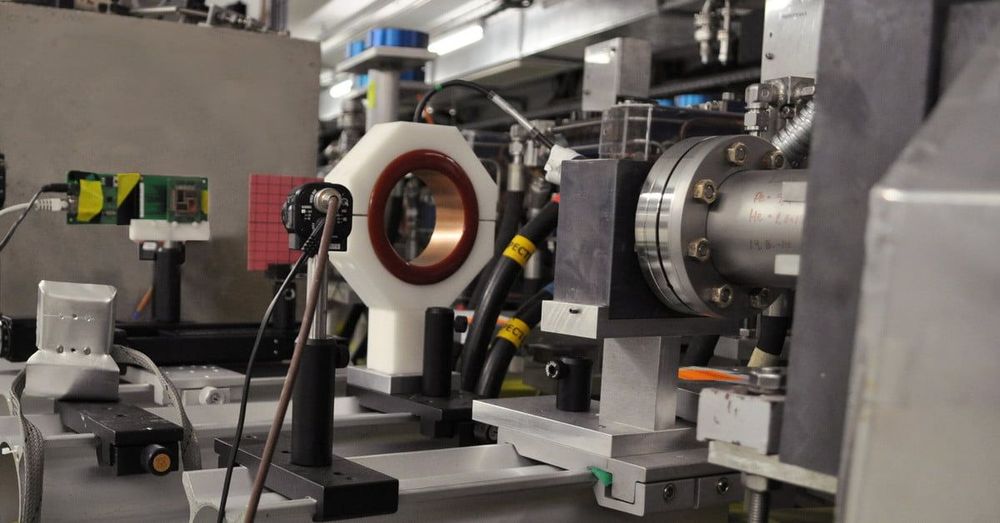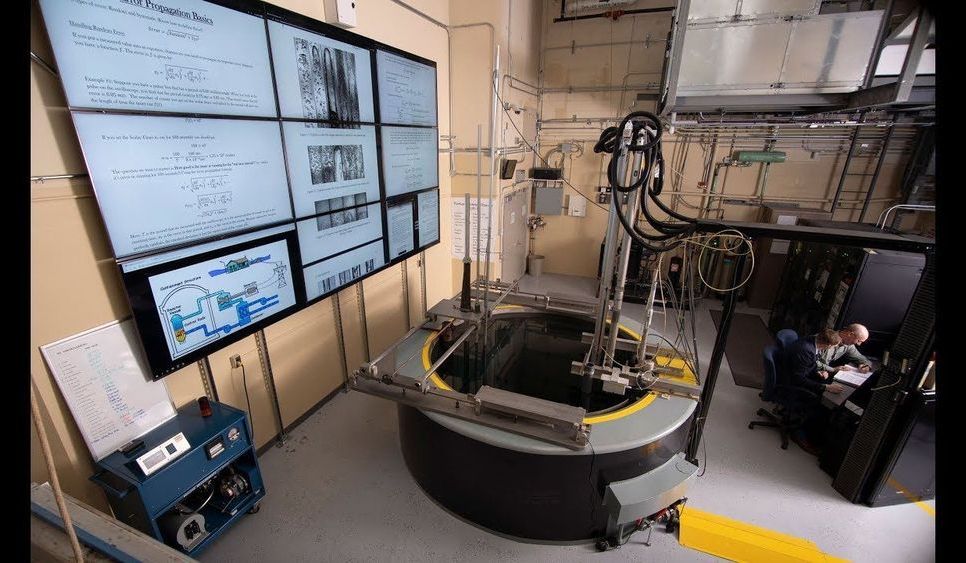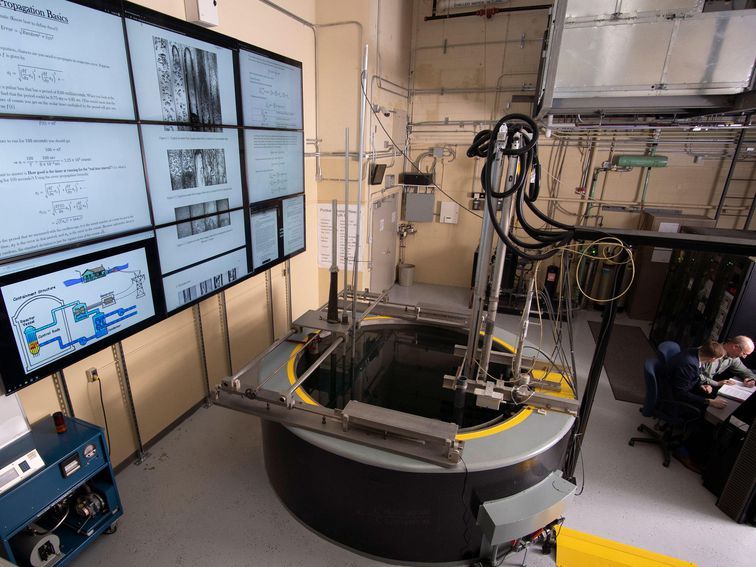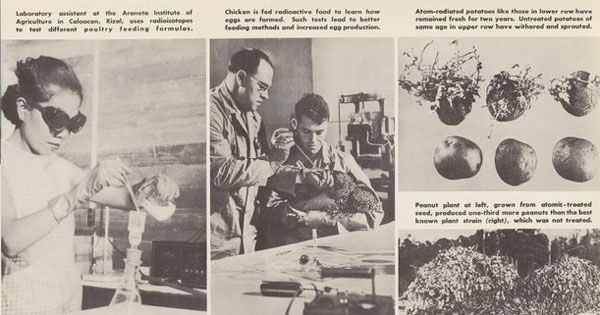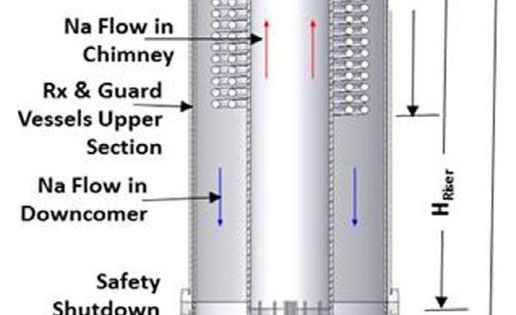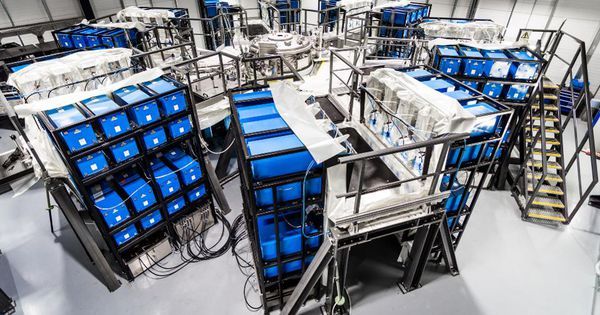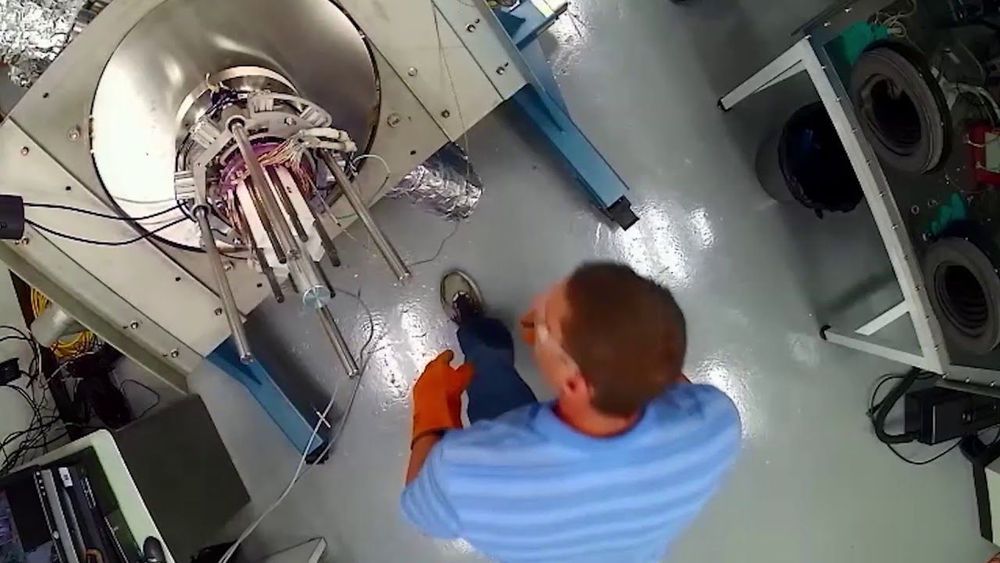I get to try the Guardian GT big-arm robot, which is like a real-life Power Loader from Aliens. It’s controlled by a human and has incredible precision, but it’s also incredibly strong. Made by Sarcos Robotics, the GT can be used in situations that are too dangerous for humans to enter, like decommissioning nuclear power plants.
CNET playlists: https://www.youtube.com/user/CNETTV/playlists
Download the new CNET app: https://cnet.app.link/GWuXq8ExzG
Like us on Facebook: https://www.facebook.com/cnet
Follow us on Twitter: https://www.twitter.com/cnet
Follow us on Instagram: http://bit.ly/2icCYYm
